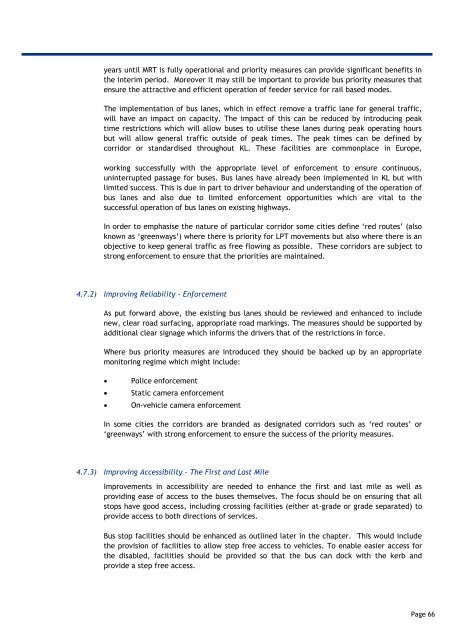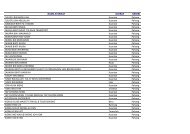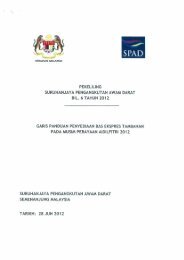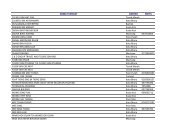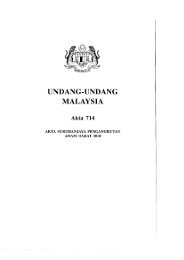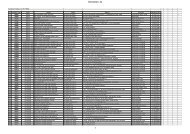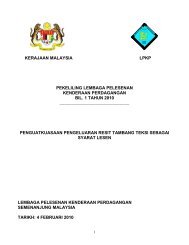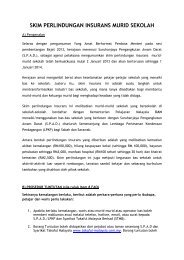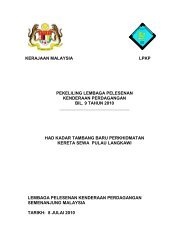Contents - SPAD
Contents - SPAD
Contents - SPAD
You also want an ePaper? Increase the reach of your titles
YUMPU automatically turns print PDFs into web optimized ePapers that Google loves.
years until MRT is fully operational and priority measures can provide significant benefits in<br />
the interim period. Moreover it may still be important to provide bus priority measures that<br />
ensure the attractive and efficient operation of feeder service for rail based modes.<br />
The implementation of bus lanes, which in effect remove a traffic lane for general traffic,<br />
will have an impact on capacity. The impact of this can be reduced by introducing peak<br />
time restrictions which will allow buses to utilise these lanes during peak operating hours<br />
but will allow general traffic outside of peak times. The peak times can be defined by<br />
corridor or standardised throughout KL. These facilities are commonplace in Europe,<br />
working successfully with the appropriate level of enforcement to ensure continuous,<br />
uninterrupted passage for buses. Bus lanes have already been implemented in KL but with<br />
limited success. This is due in part to driver behaviour and understanding of the operation of<br />
bus lanes and also due to limited enforcement opportunities which are vital to the<br />
successful operation of bus lanes on existing highways.<br />
In order to emphasise the nature of particular corridor some cities define „red routes‟ (also<br />
known as „greenways‟) where there is priority for LPT movements but also where there is an<br />
objective to keep general traffic as free flowing as possible. These corridors are subject to<br />
strong enforcement to ensure that the priorities are maintained.<br />
4.7.2) Improving Reliability - Enforcement<br />
As put forward above, the existing bus lanes should be reviewed and enhanced to include<br />
new, clear road surfacing, appropriate road markings. The measures should be supported by<br />
additional clear signage which informs the drivers that of the restrictions in force.<br />
Where bus priority measures are introduced they should be backed up by an appropriate<br />
monitoring regime which might include:<br />
<br />
<br />
<br />
Police enforcement<br />
Static camera enforcement<br />
On-vehicle camera enforcement<br />
In some cities the corridors are branded as designated corridors such as „red routes‟ or<br />
„greenways‟ with strong enforcement to ensure the success of the priority measures.<br />
4.7.3) Improving Accessibility - The First and Last Mile<br />
Improvements in accessibility are needed to enhance the first and last mile as well as<br />
providing ease of access to the buses themselves. The focus should be on ensuring that all<br />
stops have good access, including crossing facilities (either at-grade or grade separated) to<br />
provide access to both directions of services.<br />
Bus stop facilities should be enhanced as outlined later in the chapter. This would include<br />
the provision of facilities to allow step free access to vehicles. To enable easier access for<br />
the disabled, facilities should be provided so that the bus can dock with the kerb and<br />
provide a step free access.<br />
Page 66


